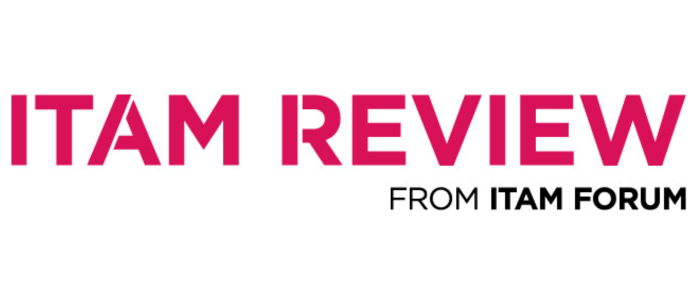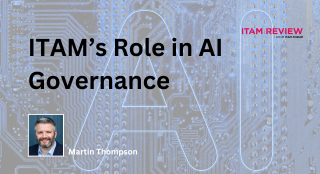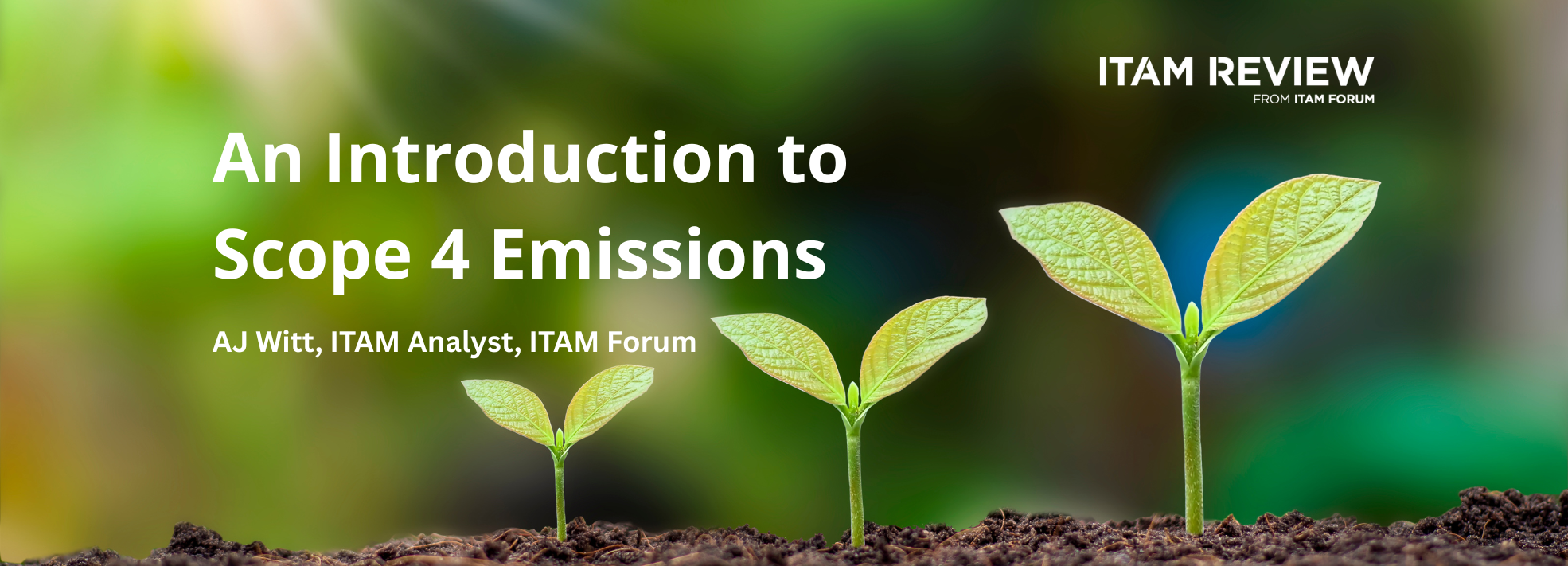What is Software Asset Management?
Software Asset Management (SAM) has evolved far beyond its traditional roots in license compliance and procurement oversight. In our complex digital environments, modern SAM is a strategic discipline central to governance, risk management, and digital transformation. It supports organisations in optimising the use of software resources across increasingly diverse platforms—on-premises, in the cloud, and across hybrid infrastructures.
Defining Modern SAM
At its core, SAM is the process of managing and optimising the purchase, deployment, maintenance, utilisation, and disposal of software applications. Modern SAM builds on this foundation with a broader focus on business value, risk, sustainability, and agility. It aims not only to reduce costs and ensure compliance but also to align software usage with business goals, improve security posture, and support cloud migration strategies.
SAM is a subset of the broader practice of IT Asset Management (ITAM), which is governed by the international standard ISO/IEC 19770. This management standard provides a framework for the effective management of IT assets. ISO/IEC 19770-1, in particular, outlines the general requirements for an ITAM management system. The other parts of the standard (such as 19770-2 and 19770-3) deal with software tagging and entitlement schemas. These standards help ensure consistency and transparency in SAM practices and are increasingly being adopted by enterprises seeking to formalise asset governance.
The Impact of SaaS and Cloud on SAM
One of the biggest drivers of SAM transformation has been the shift to cloud computing and Software as a Service (SaaS). Unlike traditional on-premises licenses, cloud-based applications often follow subscription or consumption-based models, with usage metrics that change dynamically. This makes traditional, static methods of software tracking insufficient.
SaaS platforms like Microsoft 365, Salesforce, and Adobe Creative Cloud introduce new challenges around user access, subscription tiers, and shadow IT—where departments or users adopt cloud tools outside of centralised IT oversight. Effective SAM now includes monitoring SaaS utilisation, right-sizing subscriptions, managing renewals, and enforcing governance policies to prevent cost overruns and data security risks.
Hybrid cloud environments, where organisations operate a mix of public cloud, private cloud, and on-premise infrastructure, add further complexity. SAM must account for virtual machines, containerised applications, auto-scaling environments, and bring-your-own-license (BYOL) models. Tools that integrate with cloud platforms (such as AWS, Azure, and Google Cloud) are essential for maintaining visibility and control in these fluid environments.
Beyond Compliance: A Strategic Role
Historically, SAM was viewed largely as a reactive function—used to avoid audit penalties or track license entitlements. Today, its role is far more proactive and strategic.
Effective SAM contributes to:
- Cost optimisation by identifying unused or underutilised software and renegotiating contracts.
- Risk reduction through better license management, ensuring regulatory compliance, and minimising audit exposure.
- Sustainability by aligning with green IT strategies, reducing digital waste, and extending the lifecycle of IT assets.
- Security by identifying unauthorised or unsupported software that may present vulnerabilities.
- Business agility by providing data insights that support decision-making in software procurement and deployment.
Conclusion
Modern Software Asset Management is no longer just about keeping track of licenses. It’s about managing complexity, ensuring accountability, and creating value from software investments. Grounded in international standards like ISO/IEC 19770 and responsive to trends like SaaS adoption and hybrid cloud architectures, SAM has become a critical function for any organisation seeking to manage its digital estate responsibly and efficiently.
Can’t find what you’re looking for?
More from ITAM News & Analysis
-
Broadcom vs Siemens AG - A Brewing Storm
The ongoing legal battle between VMware (under Broadcom ownership) and Siemens is yet another example of why ITAM goes far beyond license compliance and SAM. What might, at first glance, appear to be a licensing dispute, ... -
Shifting Left Together: Embedding ITAM into FinOps Culture
During one of the keynotes at the FinOps X conference in San Diego, JR Storment, Executive Director of the FinOps Foundation, interviewed a senior executive from Salesforce. They discussed the idea of combining the roles of ... -
Addressing the SaaS Data Gap in FinOps FOCUS 2.1
I recently reported on the FinOps Foundation’s inclusion of SaaS and Datacenter in its expanded Cloud+ scope. At that time, I highlighted concerns about getting the myriad SaaS companies to supply FOCUS-compliant billing data. A couple ...
Podcast
ITAM training
Similar Posts
-
The M&S Cyberattack: How IT Asset Management Can Make or Break Your Recovery
Marks & Spencer (M&S), the iconic UK retailer, recently became the latest high-profile victim of a devastating cyberattack. Fellow retailers The Co-Op and Harrods were also attacked. Recent reports suggest the rapid action at the Co-Op ... -
AI in ITAM: Insightful Signals from the Front Line
During our Wisdom Unplugged USA event in New York in March 2025, we engaged ITAM professionals with three targeted polling questions to uncover their current thinking on Artificial Intelligence—what concerns them, where they see opportunity, and ... -
How ISO/IEC 19770-1 Can Help Meet FFIEC Requirements
In the world of ITAM, the regulatory spotlight continues to intensify, especially for financial institutions facing increasing scrutiny from regulatory bodies due to the growing importance of IT in operational resilience, service delivery, and risk management. ... -
An Introduction to Scope 4 Emissions
Executive Summary For ITAM teams, sustainability is a core responsibility and opportunity. Managing hardware, software, and cloud resources now comes with the ability to track, reduce, and report carbon emissions. Understanding emission scopes—from direct operational emissions ...




